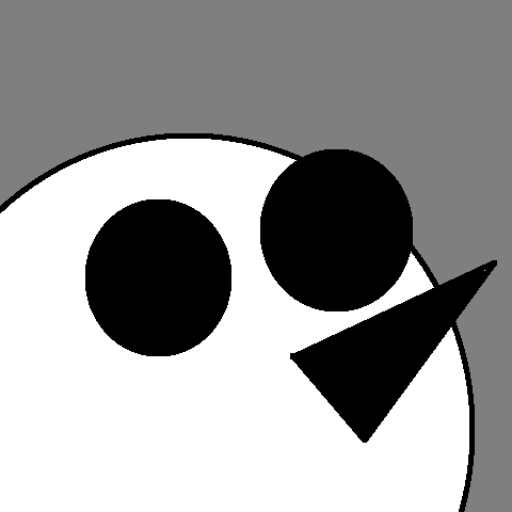
The Art of Charlie Chan Hock Chye by Sonny Liew
My rating: 3 of 5 stars
I complain from time to time about people who pick up a book and don’t get what they wanted because they were too stupid to read the description. And I thought that was happening to me here by the end of the book. But this book may be engaging in the tiniest bit of subterfuge.
Here’s the Goodreads description:
The Art of Charlie Chan Hock Chye is a biography showcasing the life and work of Chan Hock Chye, a pioneering but largely forgotten comics artist in Singapore. With a career spanning more than five decades, from pre-independent Singapore through its three Prime Ministers, Chan’s work reflects the changing political and economic environment in Singapore.
Containing Chan’s original illustrations, paintings and sketches, this is a groundbreaking work and labour of love aimed at recapturing the portrait of an artist, whose deep passion for comics and country is given a fitting tribute by award-winning comics artist Sonny Liew.
Now…at any point does this synopsis point out that Sonny Liew made this and there’s no such person as Charlie Hock Chye?
Because that is most definitely the case.
Here’s the thing to know: This book presents a fictional character as a comics artist from Singapore who created a bunch of comics. This character did not exist, nor did his works. It’s all the product of Sonny Liew. This character and his work are created for the purposes of exposition and storytelling. Which is, I guess, why ALL characters are created when you get right down to it. Even the space raptor in that Chuck Tingle book existed for this reason.
I’m not really one who balks at experimentation and different ways to tell stories. I didn’t really get my nuts twisted over the James Frey thing.
Which is why, viewed from afar, the structure of this book didn’t bother me, and in fact was a drawing factor. I like when books play with narrative and storytelling methods. I don’t really mind having uncertainty about what’s real and what isn’t.
I’ll also say that Sonny Liew is a fucking incredible artist. Within this book he inhabits so many different styles, and he’s a master of them all. Cartoon-y robots a la Tezuka, painted portraits, MAD Magazine styles, Joe Kubert. He can do everything, and the art really is unbelievable. That one person can display mastery of so many styles is really something.
What made the book a little less enjoyable for me?
I don’t know a lot about the history of Singapore. I don’t know much of anything, in fact. And I wouldn’t say that this book makes for a good introduction. I think that if I’d been more investigative about what I was about to read, I would have read up on politics in Singapore from the last few decades and enjoyed the book a lot more. But as it was, the book lays out the politics of the time by showing the comics of a non-existent artist and then adding in a second layer of comics to explain what the first layer of comics is doing.
I know, it’s a little confusing. The best way I could sum up what was going on, there were four layers to this book. There were the comics that were created by the fictional character. Then there was the fictional autobiographical comic created by the fictional character. Then there was the fictional modern day interview biography of the fictional character. Then there was the entire book, as a whole, which contains all of these elements.
And that’s where I got lost. Between the layers and then the complex politics of the time, I went astray at some point. There’s a certain devotion to the source material (the fictional comic strips created by the fictional character) that is hard to understand when one realizes that the source material is fictional. It’s all a fiction except for the events that were occurring in Singapore, so I do feel there was probably room to alter the structure for clarity.
Again, let me just say that I know fuck-all about the political scene in Singapore, so I’m not saying that this book is bad because it doesn’t lay it out for us dum-dums. And after reading a few interviews, I feel safe in saying that this was originally intended for an audience in Singapore, and to dumb it down to my level would have made it sooooo slllooooowwww for them.
What I will say is that my fellow School District 6 grads, if we’re being generous enough to call ourselves “grads,” would be wise to read a little bit about Singapore and the characters involved in the 60’s before diving into this book. While there is a lot of good in this book, I don’t think it’s so much an introduction to the politics of this part of the world.
It’s definitely an artistic achievement, both in narrative and in its art, but I think the depth of experience you could have with it would be much greater if you knew a little bit more about Singapore.
